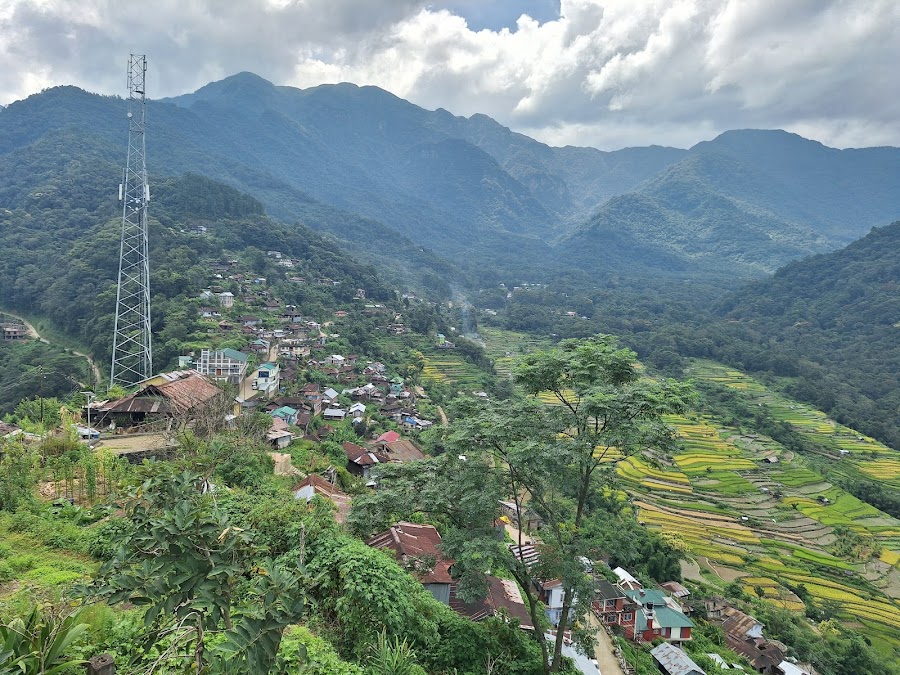
Khonoma Village
Kohima, India
- Bird watching in the forest
- Enjoy a traditional Naga meal
- Explore the Angami Naga culture
- Learn about jhum cultivation techniques
- Stay in a local homestay
- Trek through the community forest
- Visit the morungs (traditional dormitories)
Known for:
Description:
Khonoma Village, nestled in the hills near Kohima, is a unique and inspiring example of community-led conservation. This Angami Naga village is renowned for its sustainable practices, particularly its pioneering efforts in alder-based jhum cultivation and a complete ban on hunting within its community forest. Visitors can experience the authentic Naga way of life, explore the terraced fields, and learn about the village's rich culture and traditions. The stunning natural beauty, combined with the warmth and hospitality of the villagers, makes Khonoma a truly unforgettable destination. It's a place where you can witness the harmonious relationship between people and nature, offering a refreshing perspective on sustainable living and community empowerment. The village offers homestays and guided tours, providing an immersive experience into the Naga culture.
History:
Khonoma holds significant historical importance, primarily known as the last stronghold of Naga warriors who resisted British colonial rule in the 19th century. The village witnessed fierce battles, and its resistance leaders like Angami Zapu Phizo are revered figures in Naga history. After years of conflict, the village eventually came under British control, but the spirit of independence and self-determination remained strong. In recent decades, Khonoma has transformed itself from a site of conflict to a model of conservation and sustainable development. The community's decision to ban hunting and adopt eco-friendly practices showcases a remarkable shift towards preserving their natural heritage and promoting a harmonious coexistence with the environment. Their story is a testament to resilience, adaptation, and the power of community-driven change.